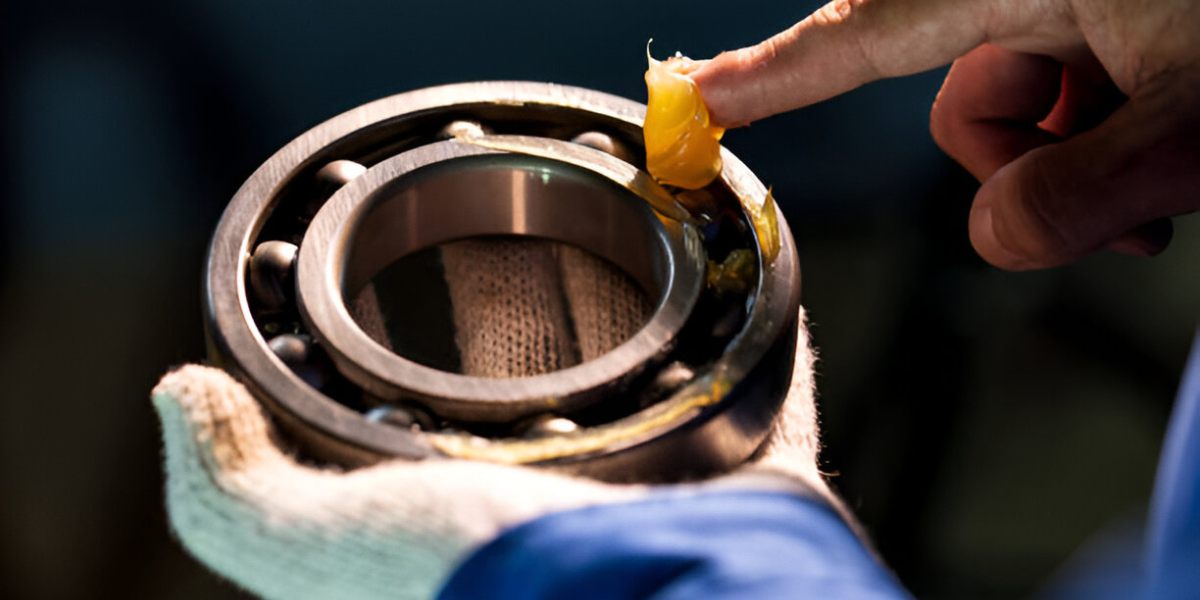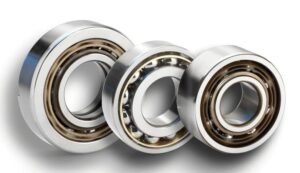Wheel bearings serve an important purpose, they may not be the most glamorous part of your vehicle as it keeps everything rolling. These tiny parts are located inside the wheels of your car and minimize friction and support the weight of the vehicle. And like any mechanical part, wheel bearings need to be maintained in order to stay in good working order.
If you want your wheel bearings to last a long time and consistently perform like new, here are some tips to optimize your wheel bearings’ longevity, and performance you should follow.
Table of Contents
List of Tips to Optimize Your Wheel Bearings’ Longevity, and Performance
1. Know What Wheel Bearings
It is always best to understand what wheel bearings are prior to getting into all the different maintenance tips. Wheel bearings are made up of steel balls or tapered rollers that are kept in place by a metal ring (the race). They are also located in the hub, which joins the wheel and axle.
As the wheel revolves, the bearings assist in rotation and sustain the vehicle’s load. Not only do they support static load from the weight of the vehicle, but they also support the tremendous forces that occur when cornering and braking. But with some care, you can prolong the failure of bearing.
2. Do Not Overload Your Car
One of the quickest ways to burn through wheel bearings is to overload your vehicle on a regular basis. All vehicles have a maximum load capacity to adhere to, and this includes your bearings and other parts.
This is important for those who frequently haul trailers, heavy equipment, or materials. If you are always hauling heavy loads, it is important to confirm the vehicle is rated to carry heavy loads, or have heavy-duty wheel bearings intended for heavy-duty work.
3. Avoid Harsh Environments
Wheel bearings are sealed to reduce the amount of dirt and moisture they are exposed to, but nothing is foolproof. Going through deep water, mud, and even useful salty environments can lead to contamination if you are doing it regularly. When wheel bearings become contaminated with water and dirt it can (and will) seep past worn-out seals to break down the grease in the bearing and will promote corrosion.
If you have to drive in these environments and if you live in a snowy area and salt is everywhere, make sure you wash the undercarriage of your vehicle regularly and check wheel hubs for signs of seal failure.
4. Plan Routine Inspections
It is too easy to forget your wheel bearings until something goes wrong. Like the oil in your vehicle or the brakes, they need to be regularly inspected. The general rule is to make sure they are checked each time you reach 30,000 miles or when you do your routine brake servicing.
You will often notice symptoms such as:
- A noise of grinding or humming noise that increases with speed
- Abnormal tire wear
- Loose or wobbly wheels
- BRAKE (ABS) warning lamps
Suppose you catch an issue early in the development. In that case, you save yourself the possibility of a complete failure down the line, which might result in substantial damage and each of us losing complete steering control. egular cleaning and inspecting for signs of dirt or rust will significantly extend the bearing’s lifespan.

5. Monitor Your Tires and Suspension
Wheel bearings operate along with your tires and suspension system. If your tires are out of balance, misaligned, or have uneven wear, they could affect the bearings by applying uneven forces to the bearings that will accelerate wear.
However, if your shocks are worn or your struts or bushings are worn, they are likely allowing more movement than the design intended, which will also cause excessive force to the bearings. Being diligent with tire rotation schedules, wheel alignments, and inspection or repairs on the suspension system can help the entirety of the wheel system work in harmony and prolong the life of the bearings.
6. Don’t Cheap Out on Quality Replacements
When it is time to replace your wheel bearings, do not go for the cheapest choice. The low-quality bearings can save you some cash on the front end, but they will wear out quickly, and your safety will likely be compromised.
Use OEM parts (Original Equipment Manufacturer) or reputable aftermarket brands. Quality bearings are made with tighter tolerances and improved materials, leading to a quality bearing with better service life and performance.
7. Keep it Properly Greased
Most wheel bearings are both pre-greased and sealed (maintenance-free) in modern applications, so you do not have to worry about maintenance for a while. However, for older vehicles and trailers with serviceable lubrication is critical to bearings you need to maintain.
Ensure you use quality wheel bearing grease that meets your vehicle requirements. Over-greasing is just as harmful as under-greasing, so always consult the manufacturer’s specifications. If you are manually packing a bearing, take your time and do it properly and cleanly.
8. Listen to Your Vehicle
Your awareness is essential for managing your wheel bearings. Unusual sounds such as grinding, clicking, or howling are signs that something is foul. If you hear a sound that changes with speed or increases when you turn, this should not be ignored.
Bearings rarely fail in one instant. Most will give off indications for miles before serious damage occurs. Catching these earlier indications can save you from peril on the road.
In summary
Wheel bearings are not very flashy for the tyres, and they will not always be obvious like brake pads. Some simple awareness, periodic checks, and quality replacement parts can extend the life of your bearings and help you avoid the inconvenience (and expense) of premature failure.
Make sure to follow these tips to optimize your wheel bearings’ longevity and performance. Give your bearings some care, and they will keep your wheels spinning smoothly for many miles to come.




